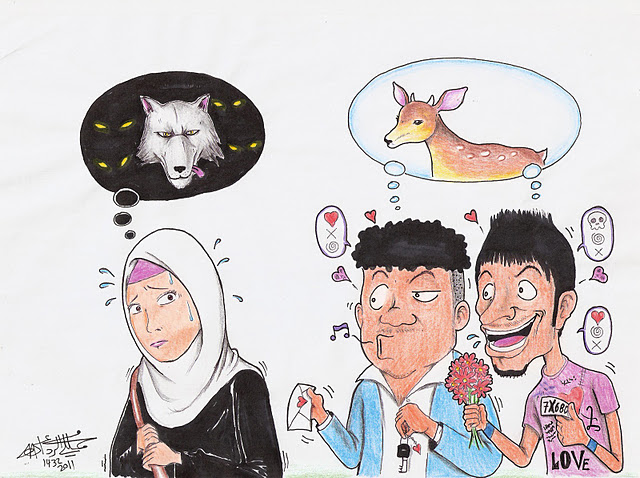Hello Day 5!
Here are photos from the week | Here are the media hits
Watch the Google+ Hangout Panel with activists from Kenya, Romania and USA.
There was a #CASSchats twitter chat with Collective Action for Safe Spaces and Me=You: Sexual Violence Awareness (MYSVA).
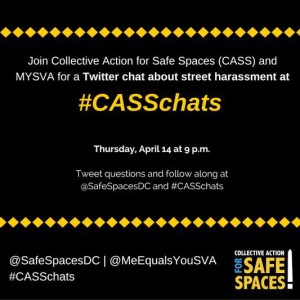
Here are examples of the events that took place today:
- Bahamas: Hollaback Bahamas held a “Chalk ‘n’ Chat”

- Canada: Women in Cities International and Interviewer Noémie Bourbonnais and Sound Recorder Lucie Pagès did on-the-street interviews about street harassment and sidewalk chalking in Montreal.
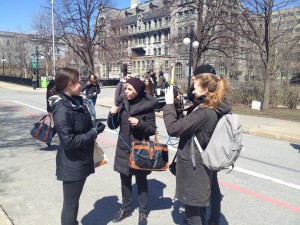 |
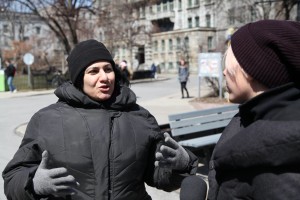 |
 |
- France: Chalking in Lyon, flyering in Toulouse
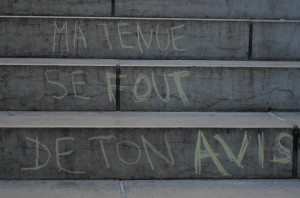 |
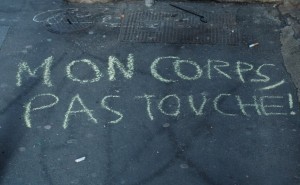 |
 |
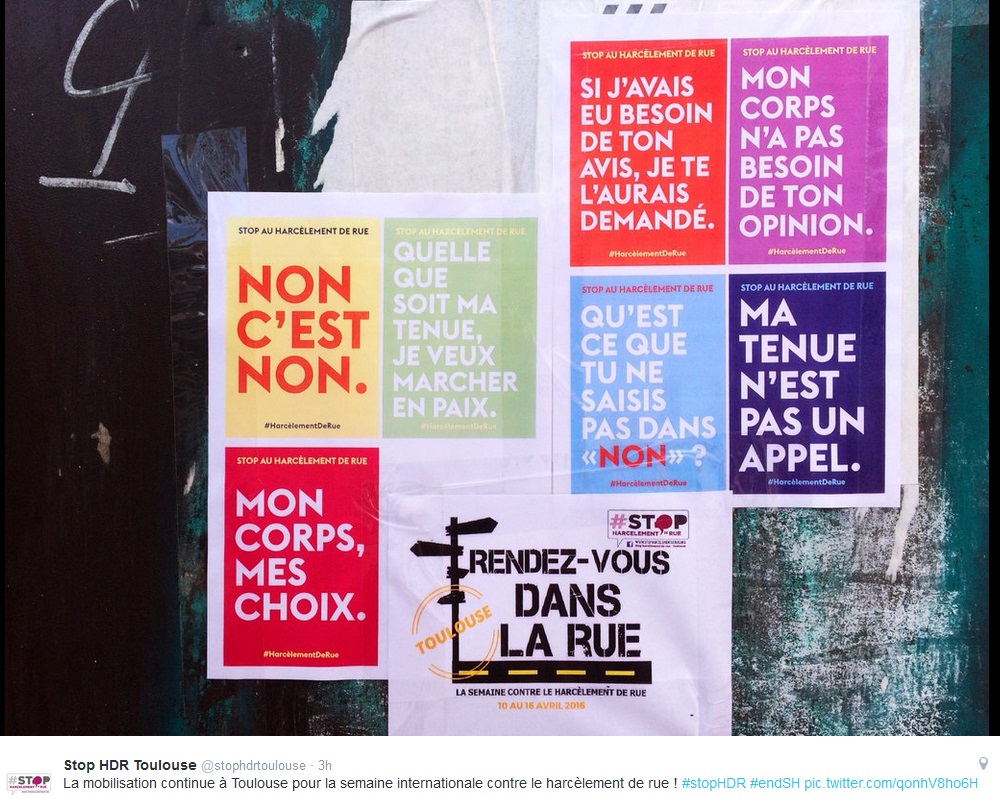
- Nepal: Youth Advocacy Nepal (YAN) – in partnership with various like-minded social organizations – organized an interaction on “Harassment and violence towards women in public spaces and legal issues” at National women commission hall, Bhdardrakali.
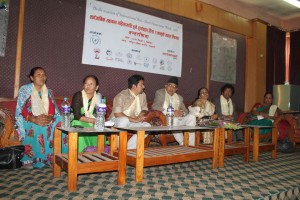 |
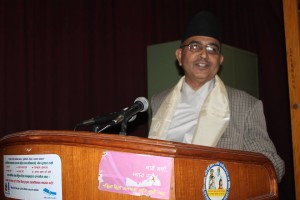 |
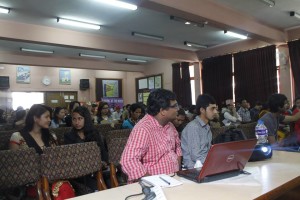 |
- Yemen: To Be for Rights and Freedom will host an event in connection with an anti-street harassment campaign. At the event, NGOs will display relevant survey results, films, and share stories. [RESCHEDULED DUE TO FLOODING]
- Iowa: End Street Harassment – Iowa City will host a support group for individuals who have experienced street harassment to share their experiences in a safe environment. Participants can create posters and other art projects for display to raise awareness and protest street harassment. Meet in Room E on the second floor of the downtown public library, 123 S. Linn Street. [6:30 – 8 p.m.]
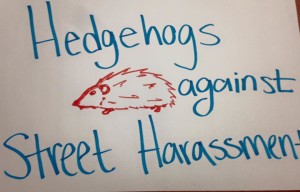 |
 |
 |
- New York: Brooklyn Movement Center will host an event at which participants will use improv and storytelling techniques to reimagine ways they would have responded to harassment, with time travel and community support on their side [6:30 – 8:30 p.m., Friends and Lovers, 641 Classon Ave, Brooklyn, NY]
- Pennsylvania: Students at Temple University in Philadelphia put up posters around campus.
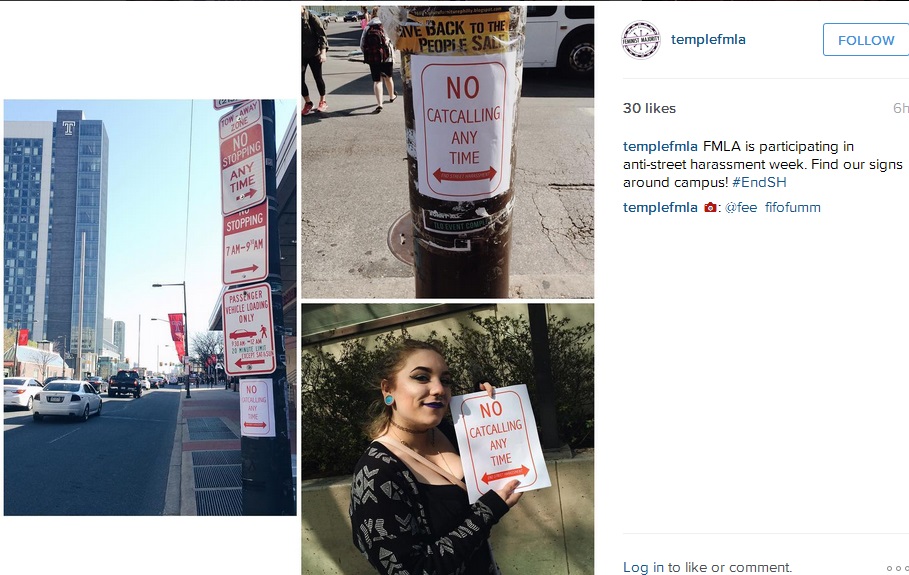
Virtual Efforts:
Afghanistan:
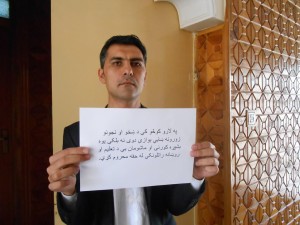 Street harassment prevents women and girls and their families from getting an education Street harassment prevents women and girls and their families from getting an education |
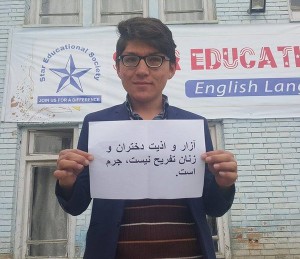 “Harassing women is not entertainment. It is a crime. “Harassing women is not entertainment. It is a crime. |
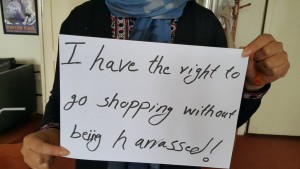 |
Belgium:
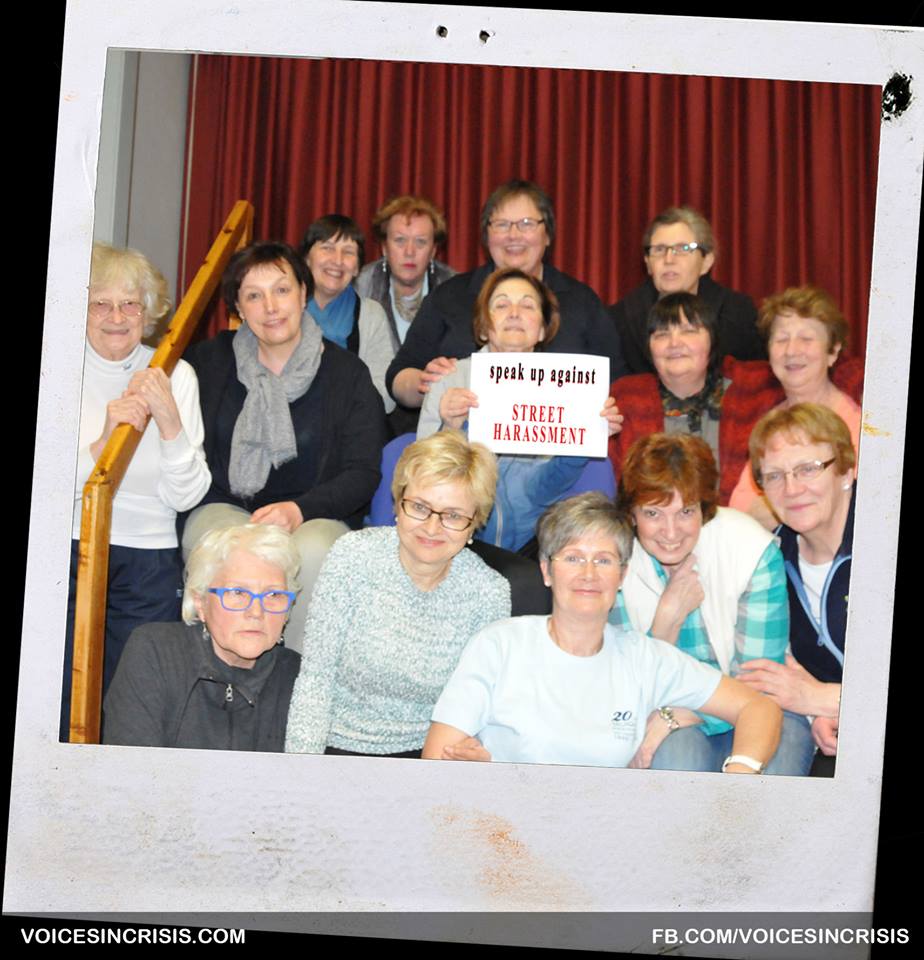
Ecuador:
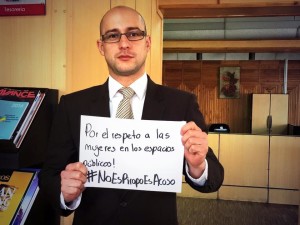 |
 |
 |
South Africa:
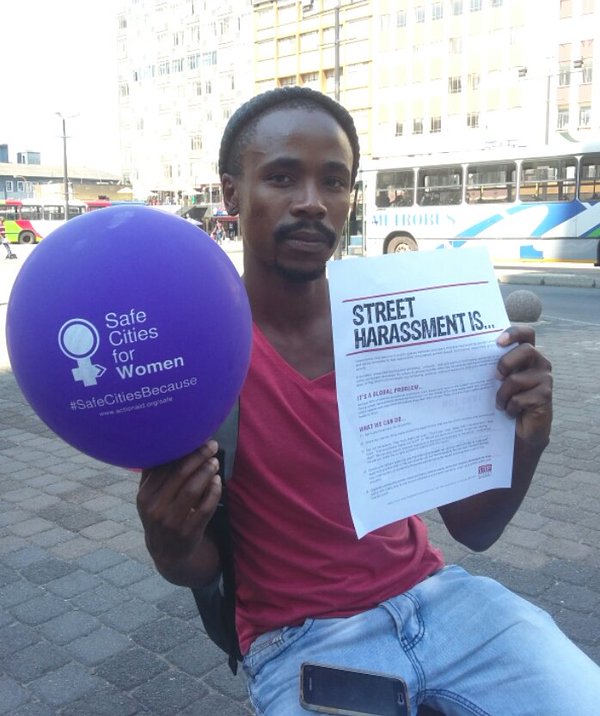 |
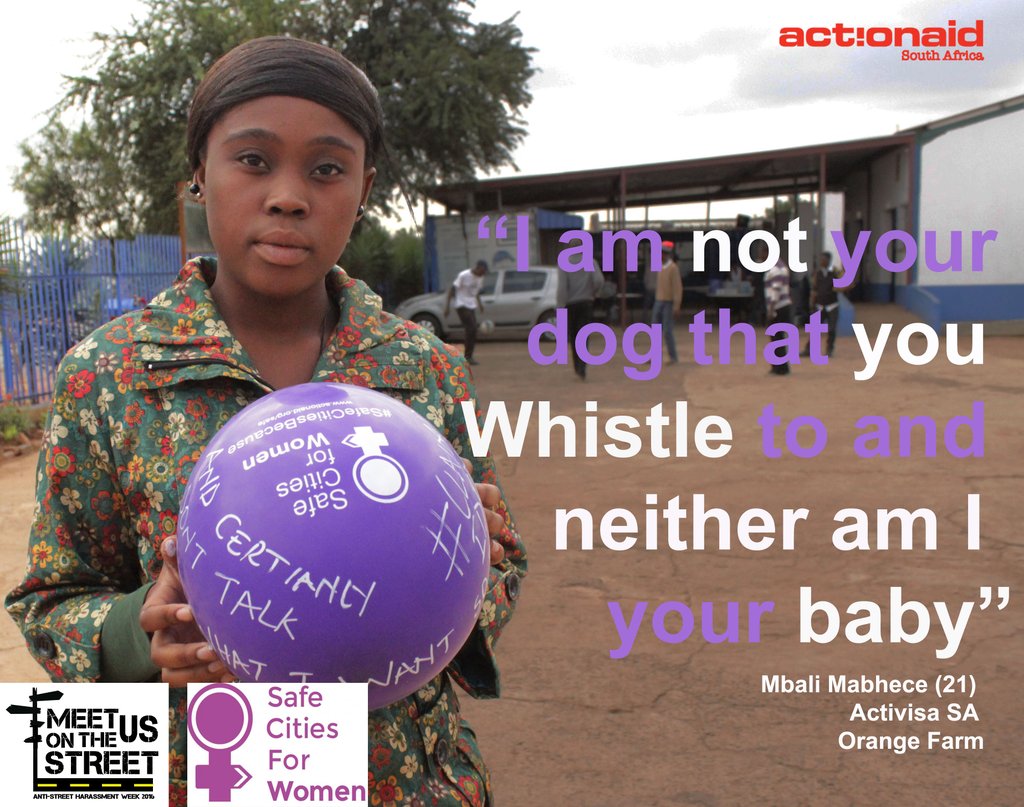 |


